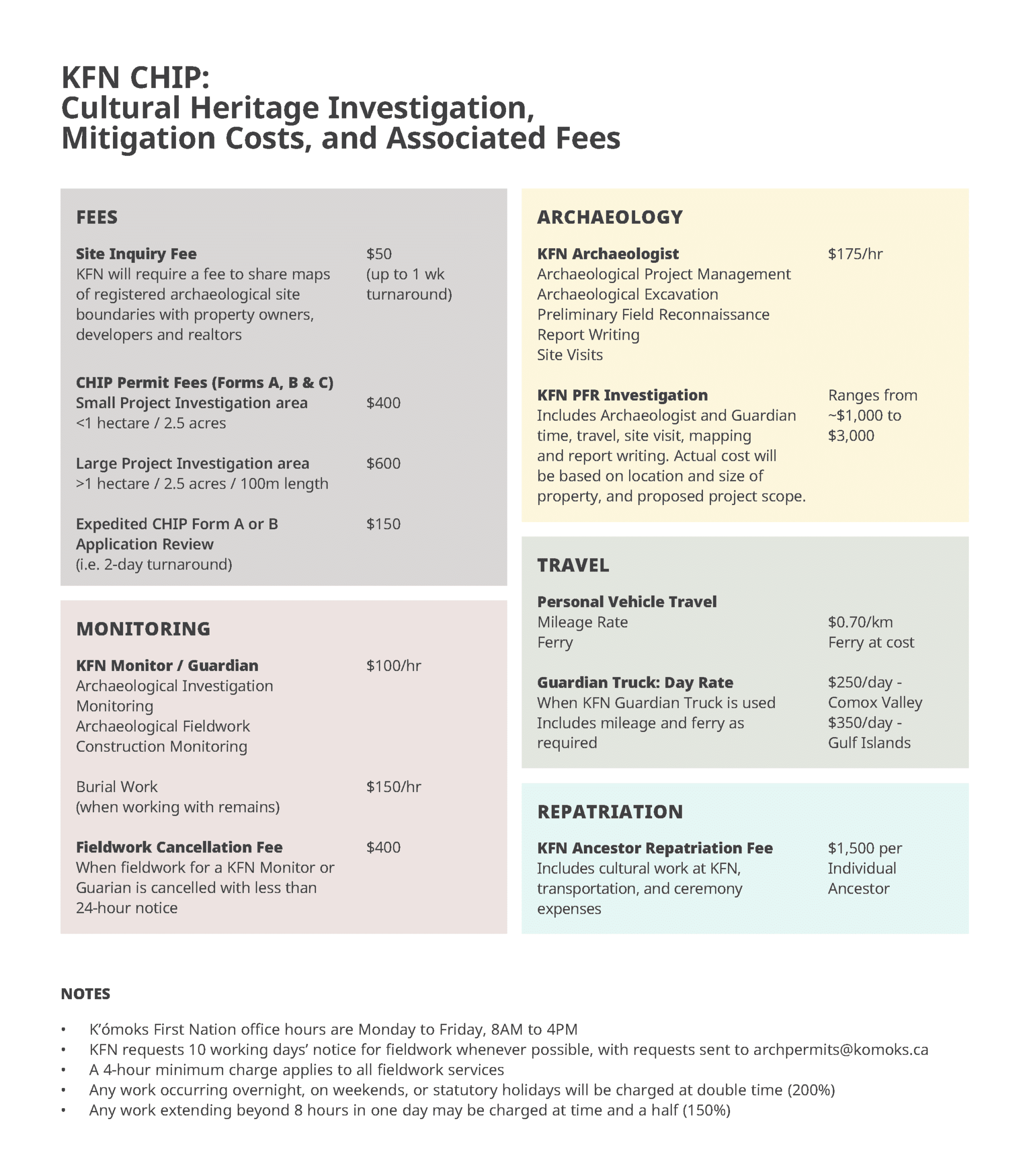What is CHIP?
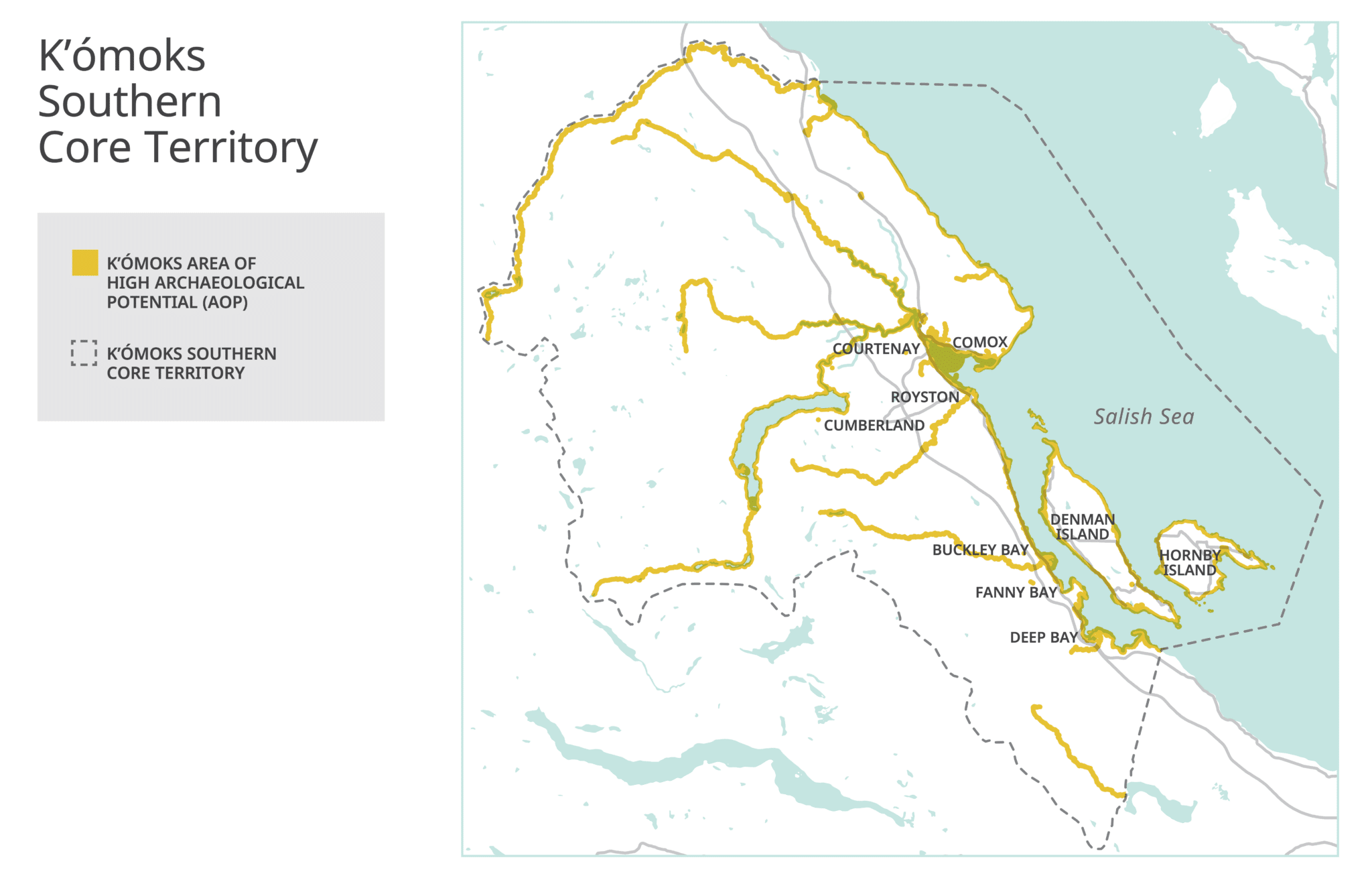
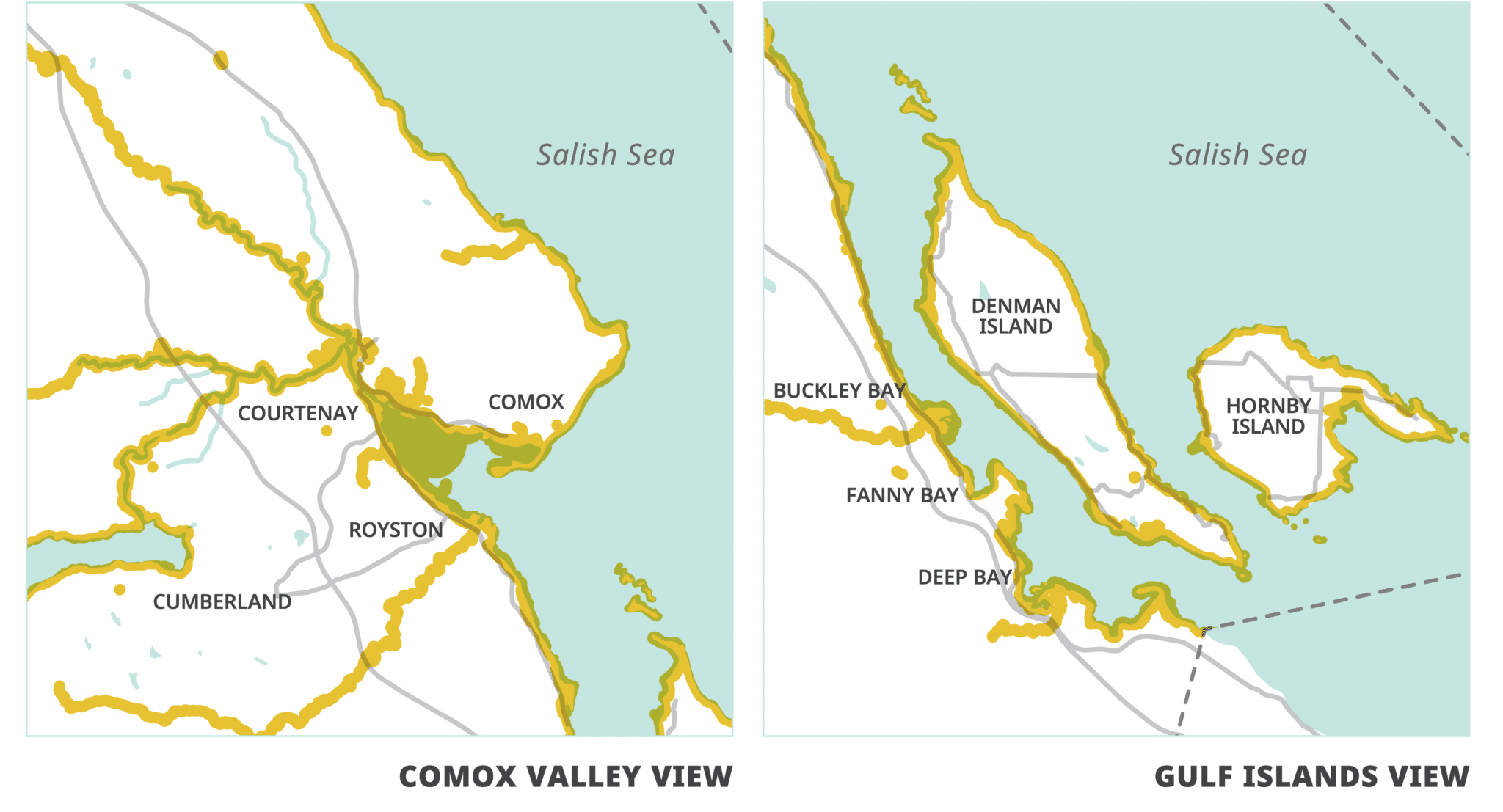
K’ómoks First Nation’s (KFN) Cultural Heritage Policy (CHP) is a fundamental part of the consultation process and allows KFN to make informed decisions about irreversible impacts to our cultural heritage.
Anyone conducting work within K’ómoks territory should familiarize themselves with our cultural heritage regulations. K’ómoks First Nation Cultural Heritage Investigation Permits (CHIPs) are required for all projects taking place within registered archaeological sites and in KFN’s designated areas of high archaeological potential (AOP) within KFN’s core territory.
All ground disturbance (including digging, filling, staking, ground leveling, excavation, trenching, and land clearing/grubbing) in a registered archaeological site in KFN’s core territory requires both a provincial Heritage Conservation Act (HCA) permit and a KFN CHIP.
Quick Links
- Online Map: Archaeological Area of Potential Location Search
- Full CHIP Information Guide PDF
- CHIP Form A: Preliminary Field Reconnaissance (PFR)
- CHIP Form B: Archaeological Impact Assessment (AIA)
- CHIP Form C: Site Alteration Permit (SAP)
BC Regulations for Archaeological Sites
Archaeological sites are physical evidence of how and where people lived in the past. First Nations have an ongoing connection to these sites, many of which are culturally sensitive, contain ancestral remains, and have an important sacred and spiritual value. Examples of archaeological sites include cemeteries, ancient village sites, hunting, fishing, and plant processing sites, stone tool manufacturing areas, and culturally modified trees.
In British Columbia, archaeological sites are protected under the Heritage Conservation Act (HCA), whether they are located on private, public, or crown land. This means that sites must not be altered without a permit. The province records and tracks known archaeological sites. A site is protected whether or not it is already recorded. These sites are fragile and subject to looting, therefore information about their locations is not released to the public.
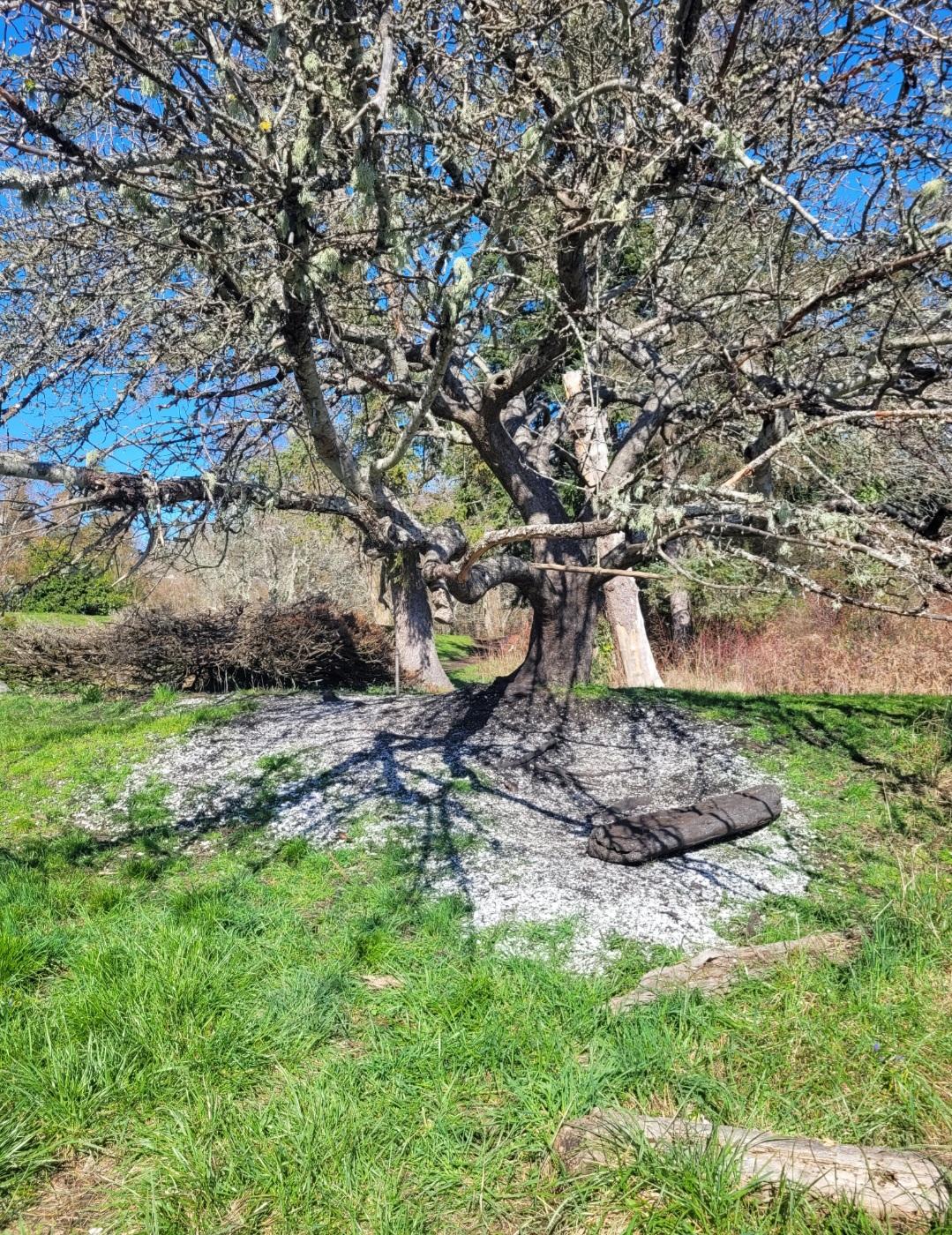
KFN Cultural Heritage Investigation process
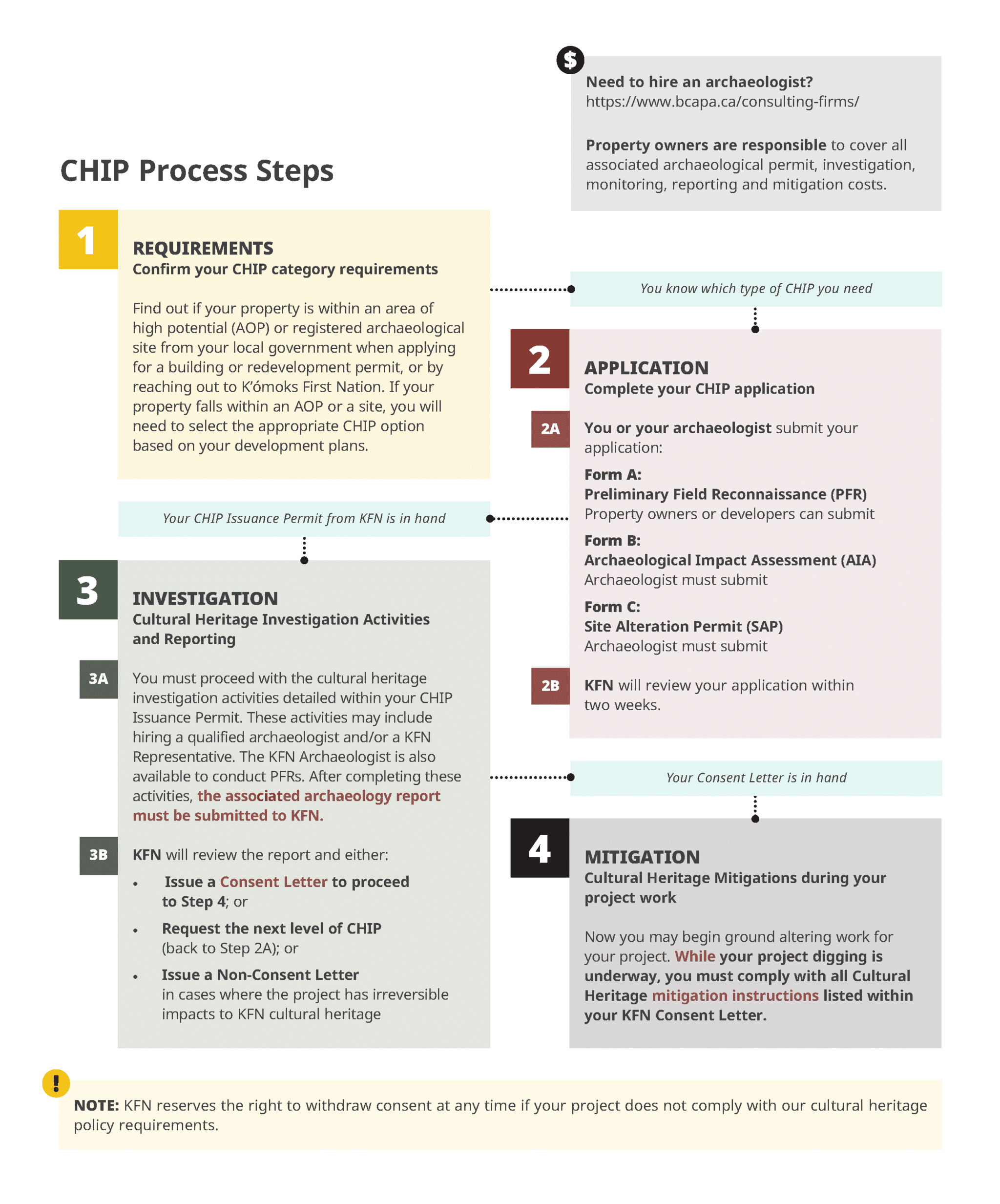
CHIP FAQ’S
How do I find out if my property is in an area of high archaeological potential (AOP)?
You can find out if your property is in an area of high archaeological potential (AOP) by checking the online map: Archaeological Area of Potential Location Search.
If your property is not in an AOP you do not need a CHIP. However, if you think you have found archaeological material, please contact the KFN Archaeologist & Project Coordinator.
Email: chipinfo@komoks.ca
Phone: 250.339.4545 ext 120
If your property is inside an AOP, you will need to confirm if there is a recorded archaeological site on your property.
How do I find out if my property is on a recorded archaeological site?
You can find out if your property is in a recorded archaeological site:
What should I do if any cultural materials are found on my property?
How does KFN determine what kind of mitigations will be required during my project work?
KFN determines mitigations on a case-by-case basis, based on the cultural and archaeological significance of the location, and your project scope and construction methods.
Example mitigations for development projects within any significant KFN archaeological site:
KFN prohibits:
- Hydro-vac and toothed bucket excavation.
- Building a crawl space or basement or pool.
- Removing tree stumps and roots more than 100 years old.
- Installing in-ground septic systems and utilities.
KFN may consent to low-impact development techniques in significant sites, such as:
- Helical pile foundations.
- Pre-loading the construction site and building on top of the fill.
- Installing above-ground septic tanks and utilities

Finding the Right CHIP
What Kind of CHIP Should I Apply For?
KFN has three levels of CHIP for projects, ranging from lowest probability of impact to cultural materials, to highest impact:
- Form A: Preliminary Field Reconnaissance (PFR)
- Form B: Archaeological Impact Assessment (AIA)
- Form C: Site Alteration Permit (SAP)


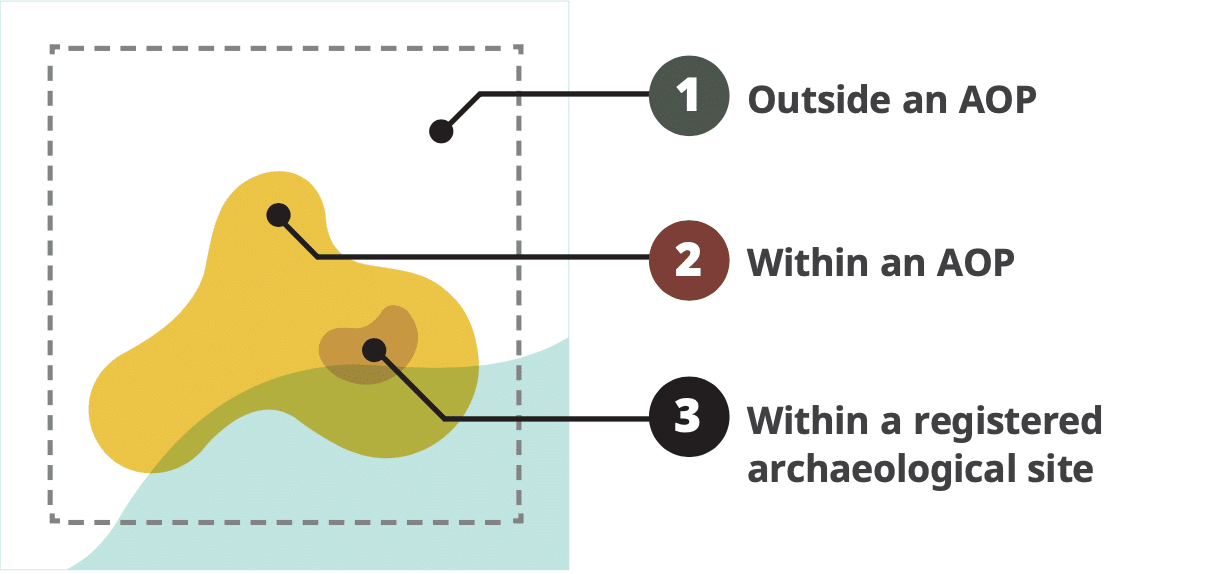
| Location | I Plan To.. | Permit Required | Who Should Apply? |
|---|---|---|---|
|
1. Outside an area of archaeological potential (AOP) |
Engage in any digging or ground-disturbing activities |
NO; unless potential archaeological materials found. |
N/A |
|
2. Within an AOP |
Dig or disturb less than 100 sq ft of ground |
NO; unless potential archaeological materials found |
N/A |
|
2. Within an AOP |
Dig or disturb more than 100ft of ground |
|
Property owner or developer |
| 3. Within a registered archaeological site |
Engage in any ground-disturbing activities |
YES You need both a KFN CHIP and a B.C. HCA (Heritage Conservation Act) permit (Archaeological Impact Assessment) (Site Alteration Permit) |
Archaeologist |
Cultural Heritage Investigation, Mitigation Costs, and Associated Fees
